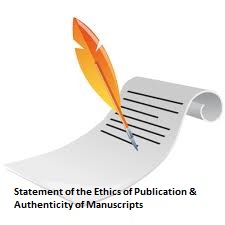Correlation of Drug-Related Problems and Quality of Life in Chronic Kidney Disease (CKD) Patients Undergoing Hemodialysis
Keywords:
Chronic Kidney Disease; Hemodialysis; DRPs; Quality of LifeAbstract
The complexity of treatment with the disease in patients with chronic kidney disease (CKD) can increase the incidence of Drug Related Problems (DRPs). Analysis of DRPs is very useful to reduce the duration of illness, death, and treatment costs. The condition of patients who require hemodialysis therapy can cause changes such as physical, psychological, lifestyle and social that have an impact on the quality of life. This study aims to determine correlation between DRPs and the quality of life of CKD patients undergoing hemodialysis at Dr. Pirngadi Hospital, Medan, Indonesia.
This study uses an observational method with a retrospective and prospective cross sectional research design on 72 patients who met the inclusion criteria in February-March 2024. DRPs were analyzed applying Cipolle and quality of life was obtained using the EQ-5D-5L questionnaire. The data was analyzed using the Spearman Rho test in the SPSS program.
The results showed that there were DRPs in 64 patients with the categories of needing additional drugs (3.38%), unnecessary therapy (15.54%), drug interactions (35.13%) and ineffective drugs (45.95%). Quality of life with categories of good (36.1%), adequate (41.7%), and poor (22.2%). The patient's average quality of life score was 0.657. There was a correlation between the number of DRPs and the patient's quality of life (r=-0.802) with a significance value of p=0.032 (p<0.05), which shows that the higher the incidence rate of DRPs, the lower the patient's quality of life. Based on the results of the study, it was concluded that there was a significant relationship between the number of DRPs events and the quality-of-life value of CKD patients undergoing hemodialysis.
Downloads
Downloads
Published
How to Cite
Issue
Section
License
1. Copyright of all journal manuscripts is held by the JOPS (Journal Of Pharmacy and Science)
2. Formal legal provisions to access digital articles of electronic journal are subject to the provision of the Creative Commons Attribution-ShareAlike license (CC BY-NC-SA), which means that JOPS (Journal Of Pharmacy and Science) is rightful to keep, transfer media/format, manage in the form of databases, maintain, and publish articles.
3. Published manuscripts both printed and electronic are open access for educational, research, and library purposes. Additiponally, the editorial board is not responsible for any violations of copyright law.
licensed under a Creative Commons Attribution-ShareAlike 4.0 International License.










